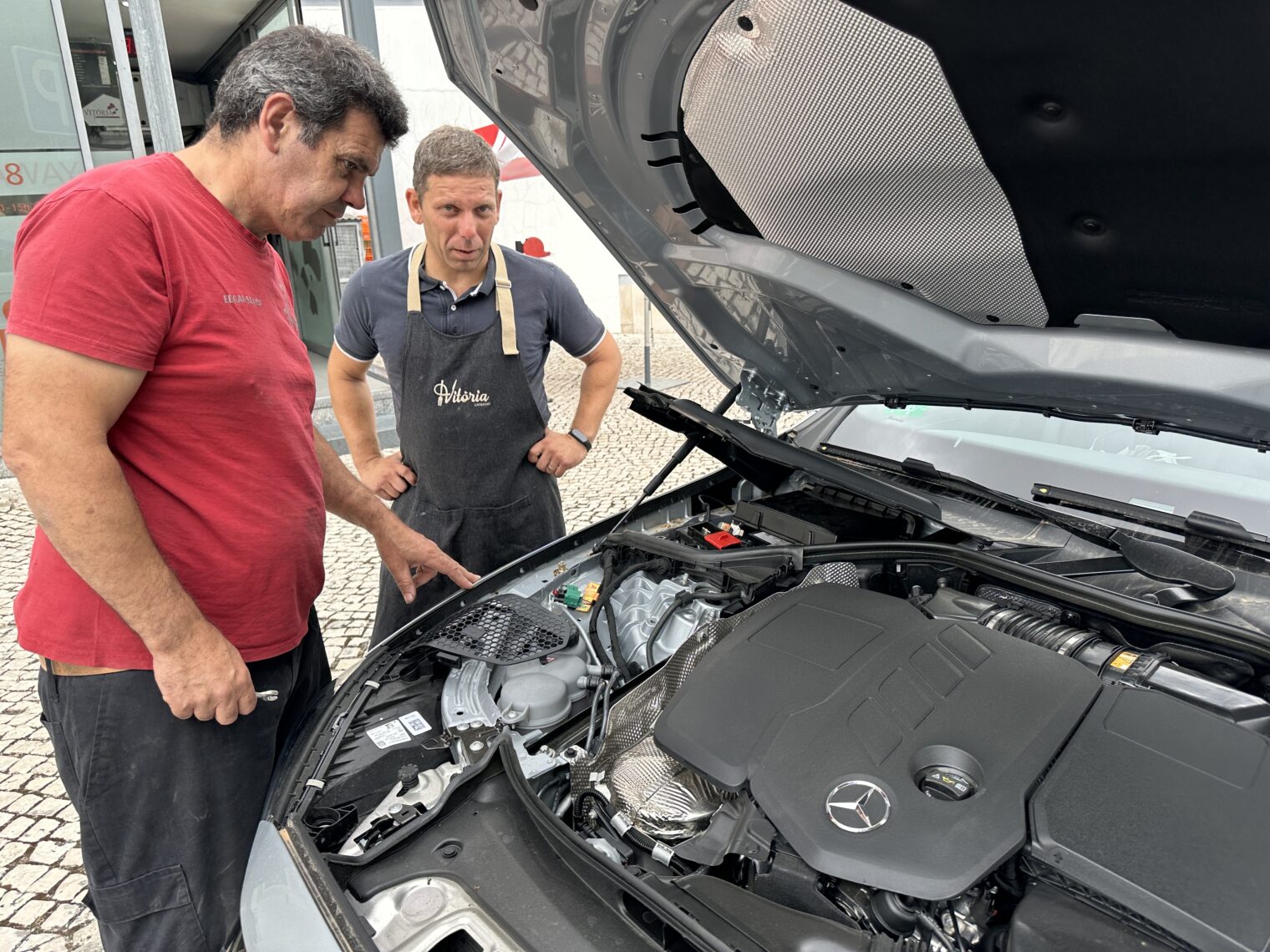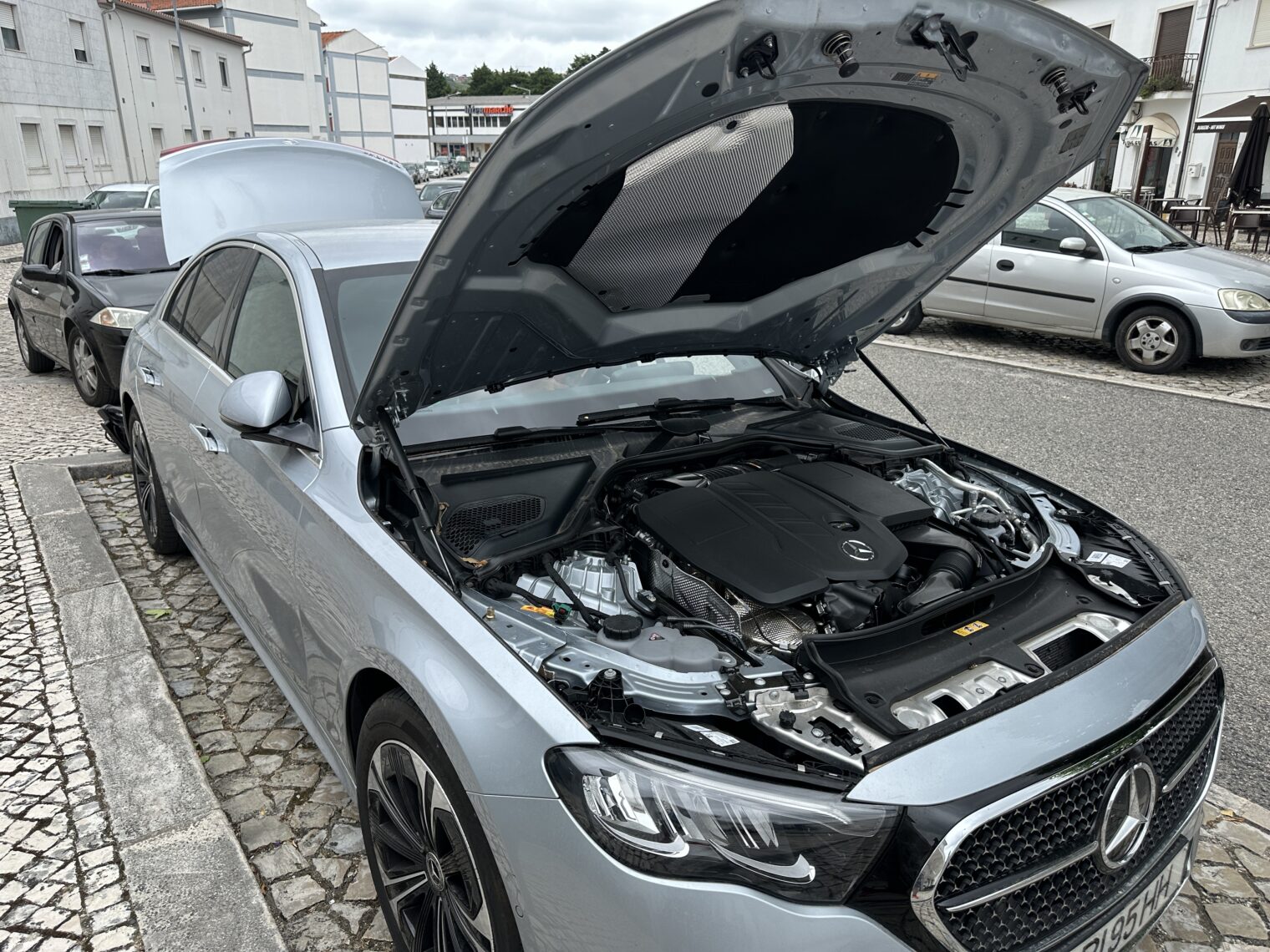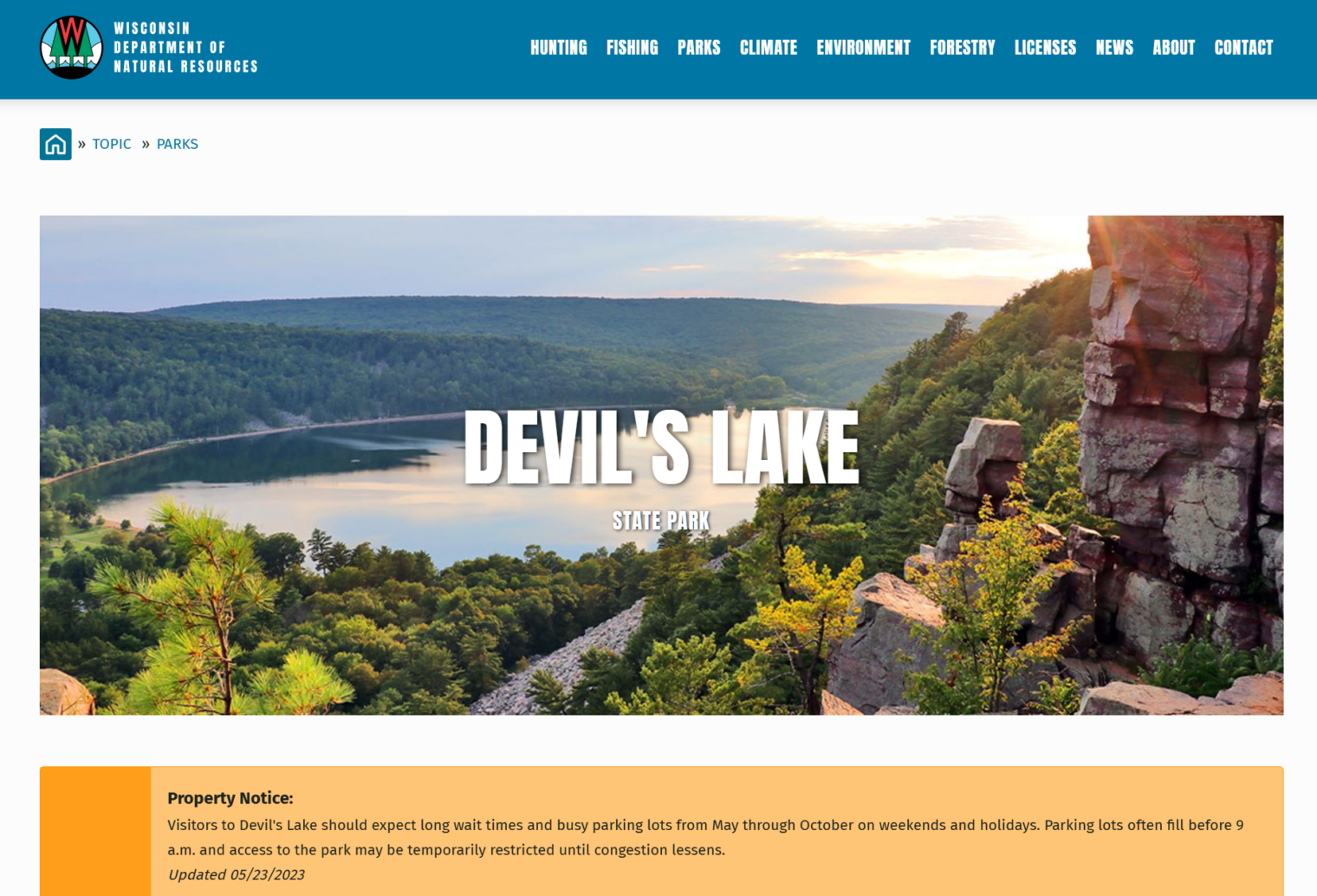Democrats love contemplating the destruction of Florida almost as much as they love reflecting on Donald Trump’s crimes and convictions.
The Democrat dream begins with a rejection of Science, i.e., saying that climate change has already resulted in more frequent and more intense hurricanes. “Changes in Atlantic major hurricane frequency since the late-19th century” (Nature magazine, 2021; by geoscientists from NOAA and Princeton) looks at data from 1851-2019 and concludes the opposite:
To evaluate past changes in frequency, we have here developed a homogenization method for Atlantic hurricane and major hurricane frequency over 1851–2019. We find that recorded century-scale increases in Atlantic hurricane and major hurricane frequency, and associated decrease in USA hurricanes strike fraction, are consistent with changes in observing practices and not likely a true climate trend. After homogenization, increases in basin-wide hurricane and major hurricane activity since the 1970s are not part of a century-scale increase, but a recovery from a deep minimum in the 1960s–1980s.
One of the most consistent expectations from projected future global warming is that there should be an increase in TC intensity, such that the fraction of [major hurricanes] MH to [Atlantic hurricanes] HU increases … there are no significant increases in either basin-wide HU or MH frequency, or in the MH/HU ratio for the Atlantic basin between 1878 and 2019 (when the U.S. Signal Corps started tracking NA HUs … The homogenized basin-wide HU and MH record does not show strong evidence of a century-scale increase in either MH frequency or MH/HU ratio associated with the century-scale, greenhouse-gas-induced warming of the planet. …Caution should be taken in connecting recent changes in Atlantic hurricane activity to the century-scale warming of our planet.
Suppose that progressives are correct and the NOAA/Princeton geoscience nerds are wrong. Let’s assume that there will be more hurricanes and that each hurricane will be more intense than in the past. Is it guaranteed that these intensified and more frequent hurricanes will hit the Deplorables in Florida? Let’s go back to Nature magazine. “Poleward expansion of tropical cyclone latitudes in warming climates” (2021):
Tropical cyclones (TCs, also known as hurricanes and typhoons) generally form at low latitudes with access to the warm waters of the tropical oceans, but far enough off the equator to allow planetary rotation to cause aggregating convection to spin up into coherent vortices. Yet, current prognostic frameworks for TC latitudes make contradictory predictions for climate change. Simulations of past warm climates, such as the Eocene and Pliocene, show that TCs can form and intensify at higher latitudes than of those during pre-industrial conditions. Observations and model projections for the twenty-first century indicate that TCs may again migrate poleward in response to anthropogenic greenhouse gas emissions, which poses profound risks to the planet’s most populous regions. Previous studies largely neglected the complex processes that occur at temporal and spatial scales of individual storms as these are poorly resolved in numerical models. Here we review this mesoscale physics in the context of responses to climate warming of the Hadley circulation, jet streams and Intertropical Convergence Zone. We conclude that twenty-first century TCs will most probably occupy a broader range of latitudes than those of the past 3 million years as low-latitude genesis will be supplemented with increasing mid-latitude TC favourability, although precise estimates for future migration remain beyond current methodologies.
As decoded for the public in an AP News article, “Climate change could bring more storms like Hurricane Lee to New England”:
One recent study found climate change could result in hurricanes expanding their reach more often into mid-latitude regions, which includes New York, Boston and even Beijing. Factors in this, the study found, are the warmer sea surface temperatures in these regions and the shifting and weakening of the jet streams — strong bands of air currents that encircle the planet in both hemispheres.
“These jet stream changes combined with the warmer ocean temperatures are making the mid latitude more favorable to hurricanes,” Joshua Studholme, a Yale University physicist and lead author on the study. “Ultimately meaning that these regions are likely to see more storm formation, intensification and persistence.”
Another study simulated tropical cyclone tracks from pre-industrial times, modern times and a future with higher emissions. It found that hurricanes will move north and east in the Atlantic. It also found hurricanes would track closer to the coasts including Boston, New York and Norfolk, Virginia and more likely to form along the Southeast coast, giving New Englanders less time to prepare.
In other words, if the dire predictions of the climate alarmists come true the result could be hurricanes redirected from the 20-year-old concrete houses of South Florida to the 150-year-old wooden houses of New England.
Perhaps some of this punishment of the virtuous has already happened. Scientific American, which endorsed climate warrior Joe Biden, says “Extreme Heat Threatens Student Health in Schools without Air-Conditioning”:
Yet as extreme heat affects more students and disrupts more school days, government spending to keep kids cool remains woefully inadequate, experts say, allowing an underreported health crisis to fester in school districts across the country.
One school in Rhode Island “had components of their operating HVAC systems that were nearly 100 years old,” the GAO stated. Yet few local school boards in financially strapped districts can afford to upgrade old mechanical systems.
The same is true for a school in Natick, Mass., a 36,000-person city 22 miles west of Boston, where “staff and students have suffered heat stroke and other heat-related illness due to the lack of centralized air-conditioning during high degree days,” according to a summary of the $2 million grant.
Guess where schools already have A/C… Florida! In fact, some Florida schools have fully air conditioned field houses (WPTV) to support athletic training in mid-August, the beginning of the school year here:
Circling back to hurricanes… if the NOAA and Princeton eggheads cited above are wrong, it is possible that Floridians accustomed to a hurricane every 30 years might have to endure one every 20 years and that their impact windows, impact garage doors, and 160 mph-rated roofs would therefore get tested more frequently. But if the Yale egghead cited above is correct, the folks who have been gleefully contemplating Florida’s suffering will fare worse given that their communities were never designed to withstand hurricanes.
Full post, including comments












